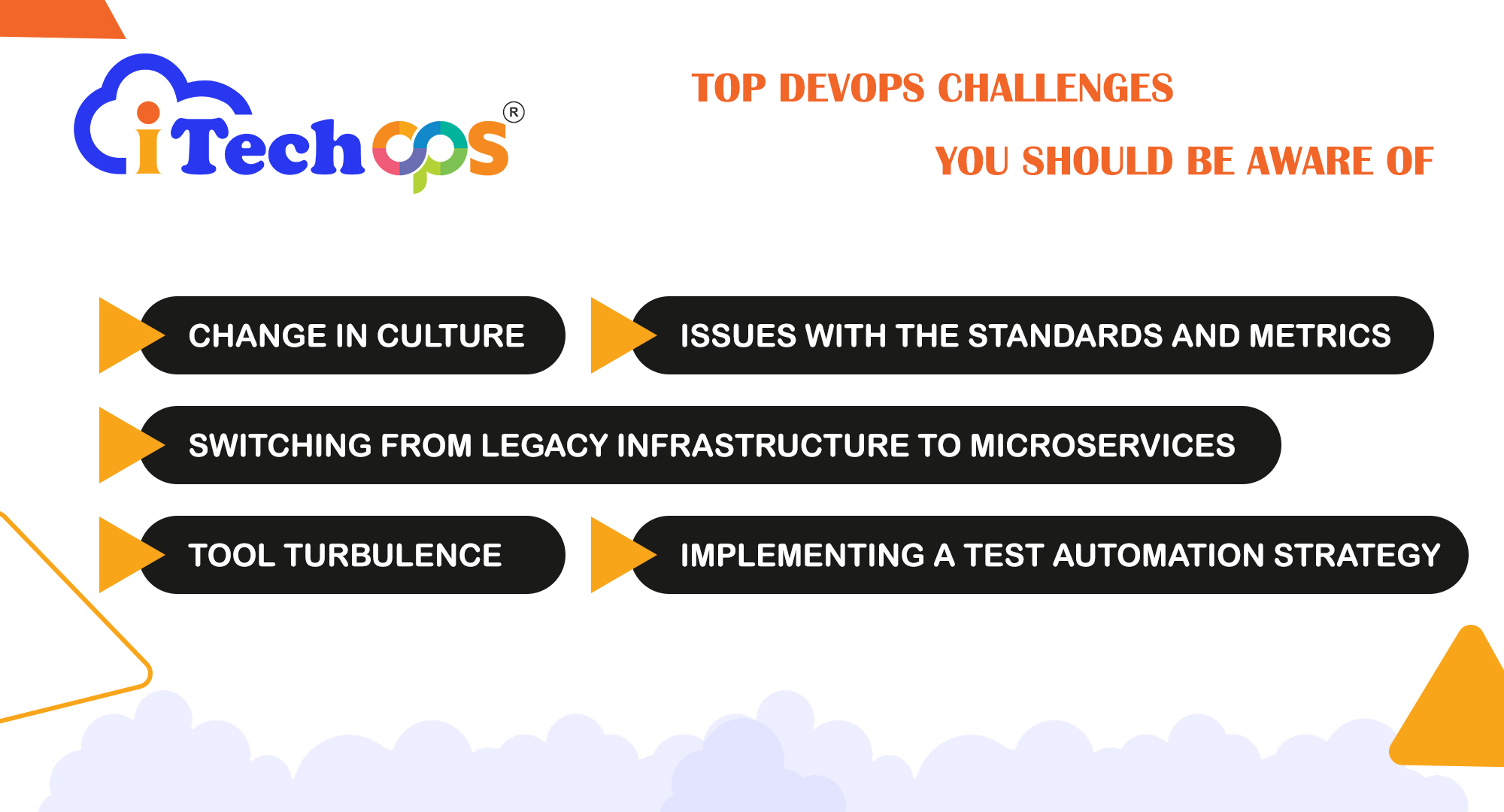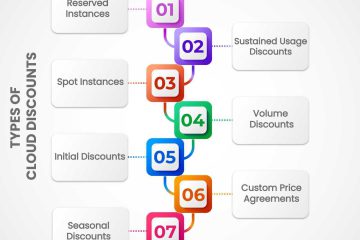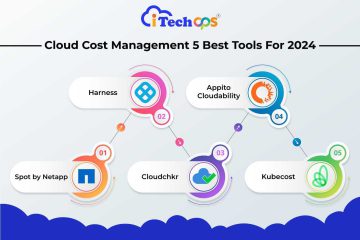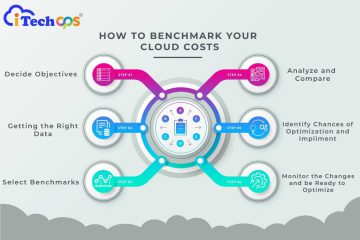Top DevOps Challenges You Should Be Aware Of

DevOps combines two teams: development (Dev) and operations (Ops). DevOps fosters rapid updates through best practices, organizational architecture and culture improvements, automation, and new tools. However, it also comes with some DevOps challenges.
DevOps is not a technology but an organizational approach that catalyzes the development of applications and facilitates the maintenance of existing deployments.
DevOps implementation is a conscious shift of attention from development to delivery. Yet adopting DevOps is not a simple job to do. It comes with many organizational and technical challenges.
Top DevOps challenges in any organization
Here, we will discuss some top DevOps challenges you should be aware of and solutions to overcome them. Let’s dive in.
1. Change in Culture
Organizations undergo a major transformation while implementing DevOps when people are not ready for change. Resistance to change might manifest as a lack of interest in new technologies or processes, a refusal to collaborate with other teams, or a desire to learn new skills.
It can be one of the toughest transitions for the organization, as adopting DevOps demands a lot of patience and endurance.
The best way to deal with this transition in any organization is to maintain a positive and forthright environment.
2. Switching from Legacy Infrastructure to Microservices
The next hardest part of implementing DevOps is switching from your legacy infrastructure to microservices. Microservices infrastructures work in a way that divides large applications into smaller and independent services. These services would need to be built, deployed, and maintained separately.
This approach has its perks. But, it also comes with many complexities, such as increased complexity, security risks, and the need for new skills and tools.
3. Issues with the standards and metrics
Most businesses nowadays try to keep track of huge amounts of data. This is good because the more information you have, the better you can comprehend the product. But DevOps combines two teams with different goals and working systems. Thus, while implementing DevOps, it might become tedious to sit together, integrate tools, and gather even the most basic information from a pile of data.
4. Tool Turbulence
DevOps introduces many tools to people, making them reliant on these tools to tackle even the most minor of problems. This practice makes employees of organizations prefer tools that offer them short-term advantages over the ones that provide long-term benefits. Such a situation is tool turbulence. Open-sourced or SaaS-based are some of the few tools that allow adaption without any authorization.
To deal with such turbulence, you can offer teams a set of library tools from which they can opt for their preferred tools. It will also help the team leader be aware and updated on their team-members activities.
5. Implementing a Test Automation Strategy
CI/CD (Continuous Integration and Continuous Delivery) operations are as significant as test automation. All know that businesses prefer CI/CD over test automation. But when it comes to DevOps, constant testing becomes inevitable. Test automation can help organizations boost the quality of their software while also speeding up the development process.
To simplify test automation, organizations can start by figuring out which test cases are the most salient and need to be automated on priority. Better know-how of test techniques and their implementation will help organizations improve their input cycle and get their products to market faster.
Challenges During the Process
Implementing DevOps is a challenge to those employees who are used to following guidelines and sticking to rules. Or for the organization that goes with a particular guideline for software deployment. The employees find it challenging to adapt to DevOps as it doesn’t come with a fixed framework explaining its procedure.
But, the team can go for their course of action without following any structural framework. It allows them to make space for innovation and develop better opportunities.
1. Team Ownership For Deployments And Releases
While implementing DevOps, an organization faces this issue when they do not have complete ownership of product deployments and release cycles. In such cases, there are two teams, one managing the deployment and the other releasing. This can cause misunderstanding of streamlining of two processes because:
Deployment is deploying software in any environment, including development, testing, and production.
A product’s release occurs when it is available to the end user. This is critical for the effective execution of the cross-functional team philosophy of “you build it, you run it.”
The solution to this dilemma is for both teams to collaborate closely with an individual as an operational head. Both teams can take up joint responsibility for logistics, deliveries, and duties to split the workload proportionally.
This enables the developer to come up with a solution to comprehend the issue the operational team faces while delivering and deploying code in production.
2. Balancing with Cost and Budget
Some organizations see DevOps as a way to cut costs. But that is not the primary job of DevOps. DevOps helps you increase income by enabling the organization to provide better value to your consumers.
Yet, deploying DevOps involves finance and specialized resources. Furthermore, it would be preferable to have a DevOps team to assist you in estimating the total expenditure required for a full shift, as a half-hearted implementation will generate friction and issues.
The Best Approach to DevOps Challenges and Solutions
You should know that these are not a confined list of challenges your organization will face while implementing DevOps. Depending on your organization’s infrastructure and how your employees work, there can be different challenges. Thus, your approach to tackling such challenges and coming up with solutions should also be unique.
Here, we provide a list of optimizations you can make to cater to these challenges and their solutions.
Step 1. Assess and Identify Challenges
While implementing DevOps, organize a thorough team discussion where you all can asses specific challenges that your organization and employees might face. This discussion session can comprehensively review your current DevOps processes, tools, and practices.
Step 2. Develop Tailored Solutions
Now that you and the team have identified the issue, you can craft a personalized solution that suits your needs. Collaboration with cross-functional teams, like developers, operations personnel, and quality assurance experts, is critical during this time frame. You can use your teams’ experience to develop and design solutions that address the specific challenges highlighted earlier.
Step 3. Realize and repeat
Now is the time you roll out these personalized solutions. Significantly, you track their impact on the DevOps pipeline. You can do it regularly, measuring and analyzing the predefined KPIs and metrics. You can also encourage an environment of giving feedback and learning through that in your workspace. It will enhance collaboration and understanding between the employees and boost their morale.
To Sum Up With..
It is natural to face challenges and pitfalls while implementing DevOps in any organization. However, it is not impossible to cross them over if organizational teams collaborate to maintain their dedication to the DevOps vision and values and promote a culture of continuous development.



0 Comments